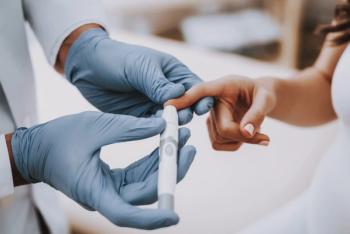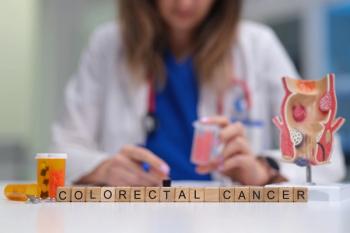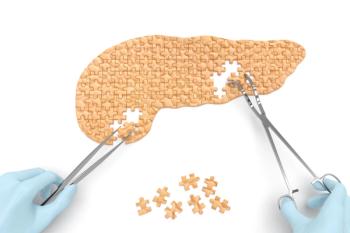
Pharmacy Technicians Provide Patient Assistance With Oral Oncolytics

Pharmacy technicians can provide a great amount of value for patients navigating the financial toxicity of cancer treatment.
The oncology world is fast-paced and ever-changing, with new treatments entering the market rapidly. One of the fastest-growing treatment options is the use of oral oncolytics. With these new drugs comes a heavy price to pay at the pharmacy. Unlike traditional chemotherapy and immunotherapies administered in the outpatient setting and billed to the medical plan, patients receive these drugs through specialty pharmacies and use their pharmacy benefits. The pharmacy will collect the copay before the medication is dispensed, and the patient experiences the financial toxicity of cancer treatment immediately rather than waiting for a bill in the mail. Due to this, patient and financial navigators need to be aware and learn how to tackle the problem preemptively.
Pharmacy technicians with retail experience can be of great value in this role. We know how the pharmacy system works and how prescriptions are billed. And we are familiar with copay cards and the terms they work under. When our patients are prescribed a new oral oncolytic, my first job is to conduct a benefits investigation to find out what portion of the drug cost the patient is responsible for. Then depending on what type of insurance they have, I look for funding. For commercial patients, a quick Google search of the drug name and "copay card" will pull up the manufacturer's website and enrollment process.
To be efficient, I work with the patient to doing most of the leg work. Most copay cards do not require any documentation or income verification and are obtained in a matter of minutes. For the uninsured or underinsured, the process is a little different as we usually pursue patient assistance programs or grants through various foundations. Underinsured patients are mostly Medicare enrollees whose out-of-pocket responsibility is 5% of the drug cost after their deductible is met. Although 5% might not sound like a huge number, it’s important to keep in mind that the average oral oncolytic costs around $20,000 for 1 month's supply.
My biggest resource for these patients is
However, these cards can be used alongside Medicare part D, whereas traditional copay cards from the manufacturer cannot. When there are no grants available for a specific diagnosis, I go directly to the drug manufacturer's website and look for patient assistance programs that they offer. Since most of these drugs are brand new, there are no generic alternatives, so patient assistance is available for almost all. There is a PDF enrollment form that technicians can print out and fill in with the patient, or some programs even offer an electronic form the patient can do on their own.
Some of the commonly used patient assistance programs used are
These programs are continuously changing their eligibility requirements, so staying up to date is important. For instance, the
Staying on top of the new drugs and what patient assistance is available from the manufacturer is crucial for patient outcomes. Financial navigation for these drugs can be confusing and tedious, but well worth it when a patient can start a new treatment at no cost or at an affordable price.
This article originally appeared on
Newsletter
Pharmacy practice is always changing. Stay ahead of the curve with the Drug Topics newsletter and get the latest drug information, industry trends, and patient care tips.




































































































































